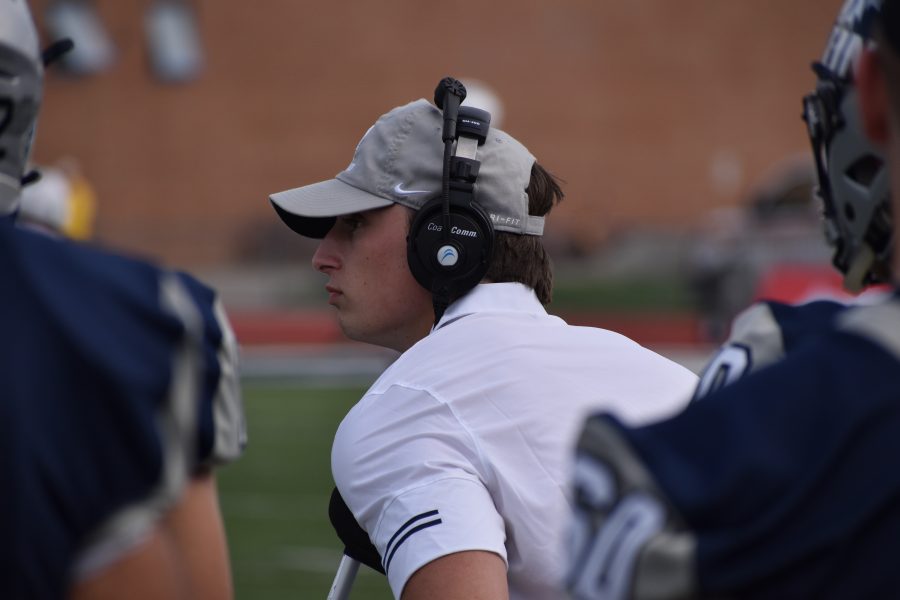By Kyle Kittredge
Staff Writer
In an empty classroom of the Paul Creative Arts Center, Deborah Kinghorn teaches voice lessons to junior Elizabeth Girard, a theatre major with emphasis on acting.
With short blonde hair, medium height, a wide smile and soothing voice, Kinghorn is a lecturer in the Theatre and Dance department at the University of New Hampshire.
She coaches students in the art of voice by helping them articulate and enunciate words, while relaxing the muscles of the face.
“My job for the theatre students is to help them discover their true voice,” Kinghorn said.
Kinghorn ‘developed an ear for sound, and what it means to understand voice while growing up.
“My dad loved to sing…and I remember him doing various accents,” Kinghorn said. “I kind of developed an ear for sound.”
She attended the Dallas Theater Center through Trinity University, where she received her Masters of Fine Arts in theater with an emphasis on acting. She came to UNH in 2000 and has been teaching here ever since.
Kinghorn, however, self taught herself much of what she knows about dialects.
“I was really self-taught because [dialect] just wasn’t something in my undergrad program,” she said. “In a professional program, you had to do a play and speak British, do it, then you got to find it and work it out. I was doing enough of it, that people began to ask me to teach it.”
Kinghorn coaches a variety of different dialects. She is a professional at different tones and pronunciations of voice.
With Girard, she teaches her to find the right tone of voice. Kinghorn has been coaching Girard in her singing, and helping her understand the process of breathing, phonation, resonance and the feeling of vibration in the bones of the face.
“Yes, I can really feel that in my body more,” Girard said, after raising her voice by shaking out her torso, the way Kinghorn taught her.
To Kinghorn, that is “really our signal for creating voice” in an easy way that will resonate, and will help with articulation and expressiveness.
When teaching in class, she has her students chew gum to make the lower jaw more involved.
“Once you start making the lower jaw more important, then you start getting more of that sound. Then you add all the other changes to it and there you go,” Kinghorn said in a Brooklyn accent.
She also imitated a few British accents, an American-Southern accent and a Russian one.
“Once we’ve mastered those, then we move onto the wilt – the melody – beat and rhythm, and then we put it all together in short sentences until we can build up to it,” Kinghorn said.
Kinghorn cannot immediately drop in and out of dialects. It takes time and practice to acquire the skill to do such a thing.
“It takes an extraordinarily fine sense of all of the changes that have to happen to create a dialect and be able to just – bam – go there,” Kinghorn said.
Her students start with different sounds and movements to relax the muscles of the face and reflect the oral posture. Then they focus on all the individual changes to sound, and work those over again and again in short sentences to learn placement.
“People just have to find what feels good when they sing, and release tensions, find good tone, be articulate, and a warm voice that people want to listen to,” she explained.
Deborah Kinghorn, ‘the woman of 1,000 voices’
April 20, 2015


























